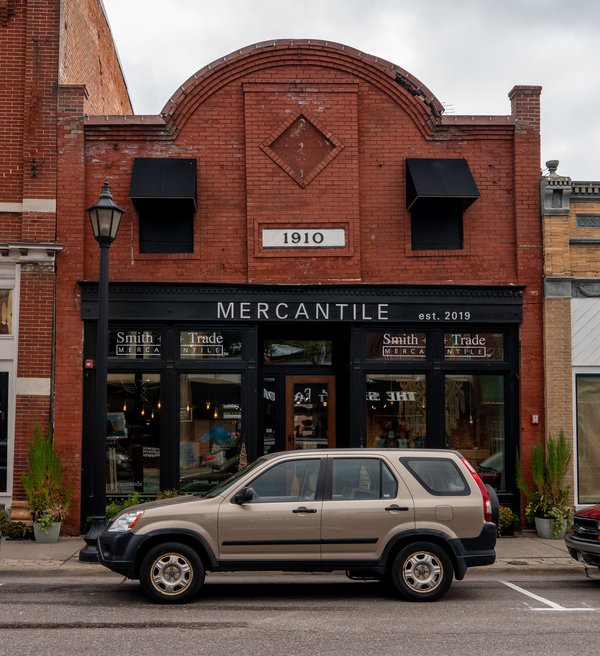Majestic Theater
The booming lumber community of Stillwater had growing population during the mid-1800s. All these people were also in need of entertainment. Many “halls” were created for plays, concerts and other types of entertainment. After the prominent Grand Opera House was destroyed by fire, there were other smaller auditoriums and theaters, such as the Ten Cent Theatre and the Gem Theater. One that spanned several generations was the Majestic Theater on South Main Street.
The Majestic Theater followed the earlier Novelty Theater on South Main Street. The Majestic was located at 229-231 Main Street South. It began under the supervision of George Harris, who was manager of the Coliseum in London for 18 months, and as assistant manager of the Majestic of St. Paul for one year prior to coming to Stillwater. During those first few years, the Majestic catered to “the best European and American Vaudeville attractions.”
Harris only operated the Majestic for a couple of years, then leased the theater to Harry Pink Meyers in January 1909. In an article in the Messenger newspaper, Harry noted that he “will conduct it as a first class family theatre, presenting only such entertainment that ladies, gentlemen and children can attend and changing my program every week on Monday and Thursdays.” He also designated one night each week when previous patrons of the theater would have a free dance night.
Cost of the shows were 10 cents for children and 20 cents for adults. The “Great Pink & Grays Big Show,” featuring the beautiful Graham lady orchestra and a first class, moral, advanced vaudeville program was the center of the entertainment at the Majestic.
The Stillwater Messenger took notice of the acts presented at the Majestic. “Majestic Family Theatre has been drawing very large crowds and pleasing the show going public. Their entertainments are far better than they have been before. Under the present management of Harry Pink Meyers, the place is gaining in popularity very fast. The flickerless moving pictures of drama, comedies, magical and minstrel novelties are thoroly explained so the patrons know what they are viewing. Beautiful dissolving illustrated songs and musical numbers are a great help to the program.”
Meyers left the Majestic and the Heaner Brothers took over about 1912. A note in the newspaper said that the “Heaner Bros., have always selected good pictures for their play house and enjoy good patronage as a result. However, the Heaners soon relinquished to Majestic to Albert C. Johnson, who turned it over to Fred W. Boll and the manager.
Boll continued operating the Majestic until the early 1930s when Ed W. Linner, Lyman Sutton and Ernest Peaslee took over.
The three did not waste any time upgrading the theater. In August & September 1934, the Majestic was undergoing an entire renovation. Linner said, “everything but the walls and roof will be removed.” The front was to be of “glittering” black glass, in a “modernistic design” flush with the sidewalk and with a big canopy reaching the curb and carrying neon lights. Inside a ten-foot lobby would extend across the front with an eight-foot foyer, and a stairway leading to the lounge and dressing rooms in the basement. There would be only one aisle, varying in width from five and a half feet at the back to three feet in the front. O.H. Olsen Company of Stillwater were hired to be in charge of the remodeling. Linner, Sutton and Peaslee also operated the Auditorium Theater on South Second Street.
On the evening of March 8, 1951, a fire broke out in downtown Stillwater in a building just a couple away from the Majestic. Janilla’s café, Lee Anderson’s bakery, E.M. Peaslee Plumbing and other neighboring businesses were hit hard by the conflagration. The Majestic Theater suffered smoke and water damage, and it never reopened.
The Majestic was the last Main Street theater to close. The Auditorium on Second Street closed in the 1970s, leaving Stillwater without a moving picture theater downtown. The site of the Majestic soon became the Montgomery Ward & Co. order office and has housed other businesses since.
—Brent Peterson
Brent Peterson is Executive Director of the Washington County Historical Society.

